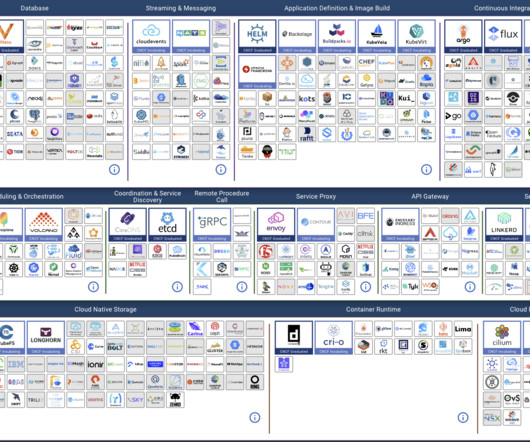7 ways investors can gain clarity while conducting technical due diligence
TechCrunch
JULY 8, 2022
But when it comes to assessing investment opportunities, few venture and growth equity investors have the resources to conduct thorough technical diligence. They often outsource this critical work to a consultant for more of a high-level overview, because technical diligence is often a blind spot for investors.

















Let's personalize your content